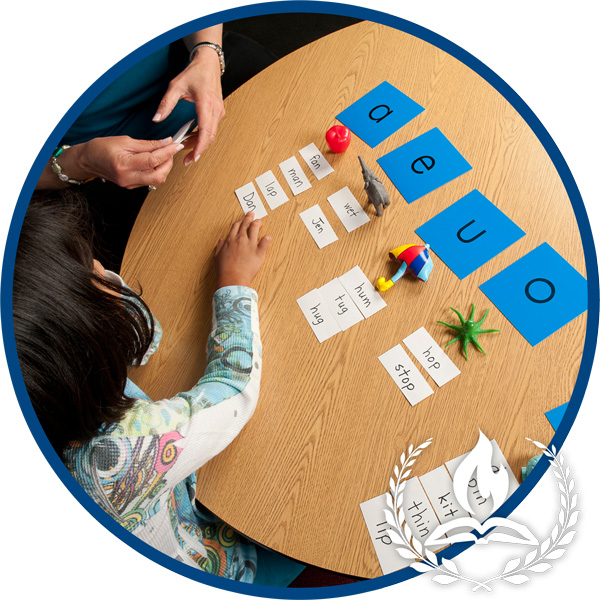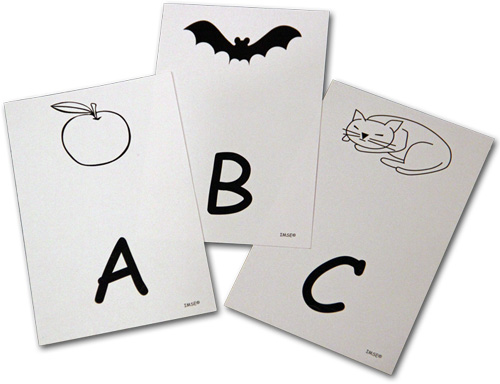Orton-Gillingham Specialized Tutoring
In the 1930’s neurologist Dr. Samuel T. Orton and educator, psychologist Anna Gillingham developed the Orton-Gillingham approach to reading instruction for students with dyslexia. This theory combines multi-sensory techniques along with the structure of the English language. Those items taught include: phonemes and morphemes, such as prefixes, suffixes, and roots. Common spelling rules are introduced as well. Multi-sensory education incorporates the three learning pathways, which are: auditory, kinesthetic, and visual. This approach is beneficial not only for students with dyslexia, but for all learners. It can be implemented in a large group setting as well as with individuals, small groups and at-risk populations. The approach allows for implementation of Response to Intervention (RTI) at all levels while allowing for differentiation of instruction.
Often Orton-Gillingham is interpreted as an approach only meant for reading remediation; however, the multi-sensory component impacts all children. The uniqueness of this type of instruction is that it allows the educator to capitalize on an individual student’s dominant learning modality while delivering instruction that will strengthen the remaining learning pathways.

The Orton-Gillingham Approach to reading is:
The Orton-Gillingham Approach emphasizes:

At Servidio Education Solutions, we make sure that reading comprehension and fluency are addressed as part of the program. We have found that many Orton Gillingham programs tend to ignore comprehension and fluency and that becomes a bigger issue down the road for students as they are finally able to catch up on their decoding skills but are then behind on other reading skills. It is our mission to break that cycle and help your child to become a well rounded reader.




